Home>Storage Ideas>Kitchen Storage>Is Marble Bad For Kitchens? 10 Things No One Tells You
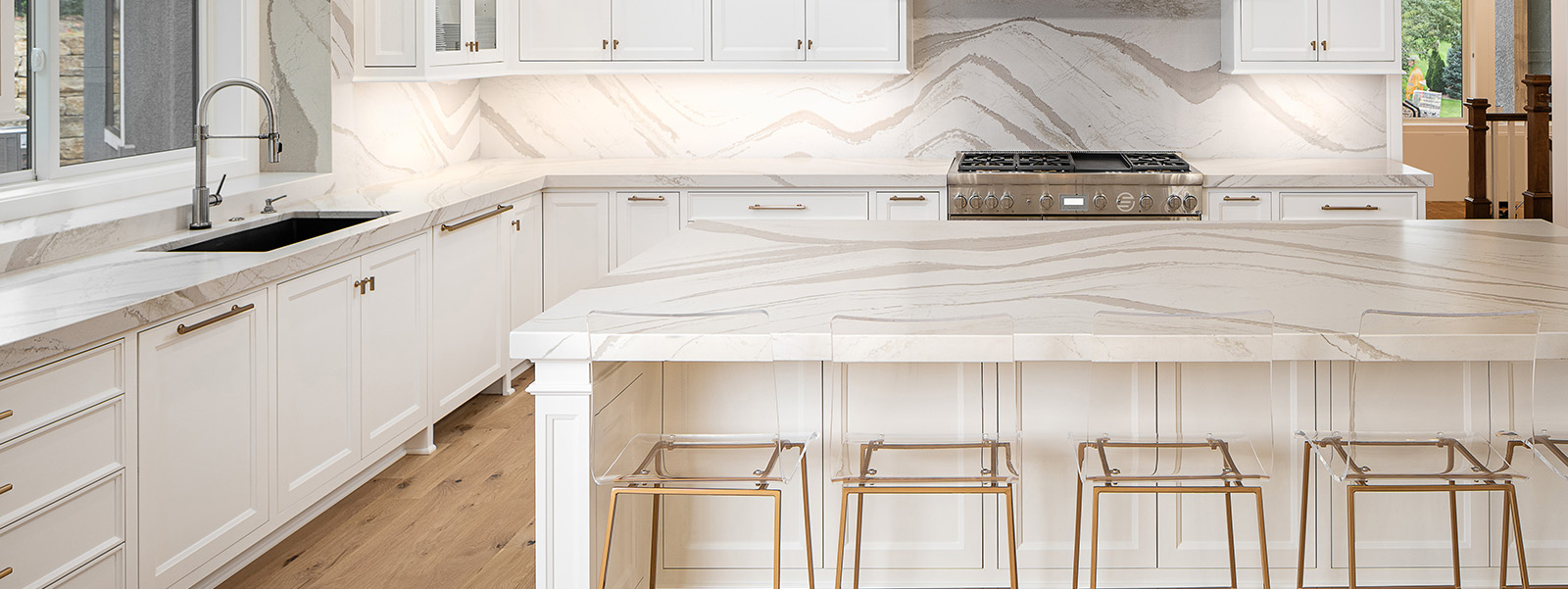

Kitchen Storage
Is Marble Bad For Kitchens? 10 Things No One Tells You
Modified: February 24, 2024
Discover the truth about using marble in kitchens with our list of 10 things no one tells you. Plus, get valuable kitchen storage ideas to maximize your space.
(Many of the links in this article redirect to a specific reviewed product. Your purchase of these products through affiliate links helps to generate commission for Storables.com, at no extra cost. Learn more)
Introduction
When it comes to kitchen countertops and surfaces, marble is a popular choice for its timeless beauty and elegance. However, there are some aspects of using marble in kitchens that often go unnoticed or unmentioned. In this article, we will uncover 10 things that many people don’t know about marble in kitchen settings.
Marble has been used for centuries in various applications, including kitchen countertops, backsplashes, and even flooring. It is known for its unique veining patterns and luxurious appearance, which can instantly elevate the overall look of a kitchen. However, there are certain factors to consider before opting for marble in your kitchen, as it may not be suitable for everyone’s needs or preferences.
Throughout this article, we will discuss the pros and cons of using marble in kitchens, as well as explore alternative options that can provide similar aesthetics with added practicality. By understanding these lesser-known aspects, you can make an informed decision about whether or not marble is the right choice for your kitchen.
In the next section, let’s delve into the common concern of stains and etching when it comes to using marble in kitchens.
Key Takeaways:
- While marble adds timeless beauty to kitchens, its susceptibility to stains, etching, and potential for cracks and chips require careful consideration. Explore alternative materials like quartz and granite for added practicality and durability.
- The luxurious appeal of marble comes with maintenance and cost considerations. Understanding the challenges and exploring visually appealing alternatives can help you make an informed decision that aligns with your lifestyle and design preferences.
Read more: 10 Things You Can Clean With The Pink Stuff
Stains and Etching
One of the major considerations when using marble in kitchens is its susceptibility to stains and etching. Marble is a porous material, which means it has small pores and can absorb liquids and chemicals. This makes it prone to staining from spills and can be particularly problematic in a kitchen environment where food and beverages are regularly handled.
In addition to stains, marble is also susceptible to etching, which refers to the dulling or discoloration of the surface caused by acidic substances like lemon juice, vinegar, or harsh cleaning agents. The acid in these substances can react with the calcium carbonate in marble, creating a chemical reaction that etches the surface, leaving behind a dull spot or mark.
To minimize staining and etching, it’s crucial to take preventive measures. Sealing the marble regularly with a high-quality penetrating sealer can provide a protective barrier against stains. Additionally, wiping up spills immediately and using coasters or placemats under glasses and hot pans can help prevent marks and damage to the surface.
If stains or etching do occur, there are various remedies and treatments available. However, it’s important to note that these methods may not always guarantee complete restoration of the marble’s original appearance. In some cases, professional assistance may be necessary to address more severe staining or etching issues.
While stains and etching are common concerns with marble in kitchens, it’s important to weigh the aesthetic appeal of this natural stone against the potential maintenance required to keep it looking pristine. If you’re willing to put in the effort, marble can be an exquisite choice for your kitchen countertop.
Heat Resistance
Marble is a natural stone that is formed from limestone under intense heat and pressure. While marble is generally a durable material, it has a lower heat resistance compared to other countertop materials like granite or quartz.
Exposing marble to high heat, such as hot pots or pans directly from the stove or oven, can potentially cause damage to the surface. The heat can cause the marble to expand, leading to cracks or discoloration. It is recommended to use trivets or hot pads to protect the marble surface from direct contact with hot objects.
It’s important to note that while marble countertops are generally heat resistant, extreme temperatures can still pose a risk. Proper care should be taken to avoid placing hot items directly on the marble surface for an extended period.
If you frequently work with high heat in your kitchen, you might want to consider alternative countertop materials such as quartz or granite, which have higher heat resistance. These materials can withstand higher temperatures without the risk of damage.
However, if you are cautious and take preventive measures, marble can still be a viable option for your kitchen. Using heat-resistant pads or trivets, and avoiding direct contact with hot objects, will help preserve the beauty of your marble countertops for years to come.
Porosity and Absorption
One of the inherent characteristics of marble is its porosity, which refers to its ability to absorb liquids. This porosity makes marble more susceptible to staining and can be a concern in a kitchen setting where spills are common.
The porosity of marble varies depending on the specific type and quality of the stone. Some marbles have a higher porosity and can absorb liquids more easily than others. It’s important to choose a marble with a lower porosity level if you are concerned about staining and water absorption.
To protect the marble surface from liquid absorption, sealing the stone regularly is crucial. A high-quality penetrating sealer can help create a barrier that prevents liquids from penetrating the stone. However, even with sealing, it’s still important to promptly clean up spills to minimize the risk of staining.
It’s worth noting that even with proper sealing, marble can still be prone to stains if highly pigmented liquids, such as red wine or fruit juices, are left on the surface for an extended period. It is recommended to wipe up spills immediately and use cutting boards to prevent direct contact of acidic or colored substances with the marble countertop.
If you have concerns about the porosity and absorption of marble, you may want to consider alternative countertop materials that are less porous, such as quartz or granite. These materials offer better resistance to both staining and water absorption.
Ultimately, the porosity and absorption characteristics of marble should be carefully considered based on your specific lifestyle and kitchen usage. With proper care and maintenance, marble can still provide a beautiful and durable surface for your kitchen.
Durability and Longevity
Marble is a natural stone that is known for its beauty, but how does it hold up in terms of durability and longevity? While marble can add a touch of luxury to your kitchen, it is important to understand that it is not the most durable option available.
Compared to materials like quartz or granite, marble is softer and more prone to scratches, dents, and chipping. This means that it can show signs of wear and tear more quickly, especially in high-traffic areas such as the kitchen countertops.
The durability of marble can vary depending on the specific type of marble and its quality. Some marbles, such as Calacatta and Carrara, are softer and more susceptible to damage, while others like Statuario and Nero Marquina are denser and more durable.
Regular maintenance and care are essential to prolong the life of your marble surfaces. This includes using cutting boards when preparing food, using trivets or hot pads to protect against heat, and avoiding abrasive cleaning agents or tools that could scratch the surface.
It’s also important to note that marble can develop a patina over time, which some people may find adds character and charm to the stone. However, others may prefer to maintain the original polished appearance and may need to invest in periodic re-polishing to achieve this.
When considering the longevity of marble, it’s important to weigh the aesthetic appeal against the level of maintenance and potential for damage. If you are looking for a countertop material with higher durability and longevity, quartz or granite may be more suitable options.
Ultimately, the durability and longevity of marble depend on how well it is cared for and whether you are willing to accept the natural wear and aging that comes with this beautiful stone.
Read more: How To Tell If Insulation Is Bad
Maintenance and Care
Maintaining and caring for marble surfaces in the kitchen requires dedication and regular attention. While marble can add elegance and sophistication to your kitchen, it does require specific care to keep it looking its best.
One of the most important aspects of marble maintenance is proper cleaning. It is essential to use gentle, non-abrasive cleaning products specifically formulated for natural stone. Harsh chemicals, acidic cleaners, or abrasive cleaning tools can etch or damage the marble surface.
Regularly wiping down the surface with a soft cloth or sponge and a pH-neutral cleaner is typically sufficient for day-to-day cleaning. Avoid using vinegar, lemon juice, or other acidic substances as they can cause etching. Be sure to rinse the surface thoroughly to remove any residue from the cleaning solution.
It’s also important to address spills immediately. Marble is porous and can absorb liquids, leading to staining. Promptly blotting up spills with a clean cloth can help prevent stains from setting in. Avoid wiping or rubbing the spill, as this can spread it and potentially push it deeper into the stone.
In addition to regular cleaning, marble surfaces should be sealed periodically to maintain their protective barrier against stains. The frequency of sealing depends on the specific marble and its usage. High-traffic areas may require more frequent sealing to ensure optimal protection.
When it comes to maintenance, it is important to remember that marble is a natural stone and will develop a patina over time. Some people appreciate this natural aging process and the unique character it adds to their kitchen. However, if you prefer to maintain the original polished appearance, periodic re-polishing may be necessary to restore the shine.
Proper care and maintenance of marble surfaces can help extend their lifespan and keep them looking beautiful for years to come. While it does require more attention compared to some other countertop materials, the timeless elegance of marble can make the extra effort worthwhile.
Tip: While marble is a beautiful choice for kitchen countertops, it is prone to staining and scratching. Consider sealing it regularly and using cutting boards to protect the surface.
Cost Considerations
When it comes to choosing a kitchen countertop material, cost is an important factor to consider. Marble, known for its luxurious appearance, tends to come with a higher price tag compared to other options.
The cost of marble can vary depending on factors such as the type, quality, and availability of the stone. Rarer and more desirable marbles, such as Calacatta or Statuario, tend to be more expensive. Additionally, the size and complexity of the installation can also impact the overall cost.
Marble is generally considered a premium material due to its natural beauty and elegance. However, it’s important to remember that higher cost doesn’t necessarily mean higher durability or functionality. Other countertop materials like quartz or laminate can offer similar aesthetics at a lower price point.
Another cost consideration with marble is the maintenance required to keep it looking its best. As mentioned earlier in this article, marble requires regular sealing and careful cleaning to prevent staining and damage. The cost of these ongoing maintenance products and services should be factored into the overall cost of choosing marble for your kitchen.
If budget is a major concern, there are alternative countertop materials available that can mimic the look of marble at a lower cost. Quartz, for example, offers a wide range of colors and patterns that closely resemble marble, but with added durability and lower maintenance requirements.
Ultimately, the cost of marble should be weighed against your aesthetic preferences, lifestyle, and long-term budget. If the natural beauty of marble and the unique veining patterns are a priority for you, and you are willing to invest in maintenance, then the cost may be justified.
However, if budget is a major constraint or you prefer a more durable and low-maintenance material, it may be worth exploring the alternatives to marble that can provide a similar look without the hefty price tag.
Design and Aesthetic Appeal
One of the main reasons homeowners choose marble for their kitchen is its unparalleled design and aesthetic appeal. Marble is widely regarded as a symbol of luxury and elegance, adding a timeless beauty to any kitchen space.
The unique veining patterns and color variations of marble create a stunning visual impact that can effortlessly elevate the overall design of your kitchen. From subtle, soft veining to bold and dramatic patterns, there is a wide range of options to choose from when it comes to marble.
Marble countertops can serve as a focal point in the kitchen, attracting attention and becoming a conversation starter. The natural beauty of the stone can complement various design styles, from traditional to contemporary, and can effortlessly blend with different color schemes and materials.
Another advantage of marble is its ability to reflect light, which can make a smaller kitchen appear more spacious and brighter. The polished surface of marble can add a luminous and sophisticated touch to the space, giving it a sense of grandeur.
It’s worth mentioning that the design and aesthetic appeal of marble are subjective, and personal preferences play a significant role. Some homeowners may prefer the high-contrast and bold veining of a Calacatta marble, while others may lean towards the subtle elegance of Carrara marble.
Considering the design and aesthetic aspect, it’s important to note that marble is a natural stone, and each slab is unique. When selecting marble for your kitchen, it’s recommended to visit a stone yard or showroom to handpick the exact slab you desire, ensuring that it meets your design vision.
Ultimately, the design and aesthetic appeal of marble are its greatest strengths. If you are seeking a visually striking and luxurious look for your kitchen, no other material can quite replicate the timeless beauty of marble.
Installation Challenges
While marble can enhance the beauty of your kitchen, it’s important to be aware of the potential installation challenges that come with this natural stone. Installing marble countertops requires careful planning and expertise to ensure a successful and long-lasting outcome.
One of the challenges of marble installation is its weight. Marble is a dense and heavy material, requiring strong and structurally sound cabinets and support. It’s essential to ensure that the cabinets and the underlying structure can handle the weight of the marble countertop to prevent any sagging or damage over time.
Another challenge is the fragility of marble. Being a softer stone, it is more susceptible to cracks and chips during the installation process. Care must be taken when handling and transporting the slabs to avoid any accidental damage.
Additionally, cutting and shaping marble requires specialized tools and skills. Marble is more delicate to work with compared to other countertop materials like quartz or granite. It’s crucial to hire experienced professionals who have expertise in working with marble to achieve precise cuts and seamless edges.
Seam visibility is another installation challenge with marble. Since marble slabs are typically not as large as other countertop materials, multiple pieces may be necessary to cover a larger area. Properly joining these pieces to create inconspicuous seams can be challenging, especially given the unique veining patterns and color variations of marble.
Considering these potential challenges, it’s recommended to work with a reputable and experienced contractor or installer who has a proven track record in handling marble installations. Their knowledge and expertise will ensure that the installation process goes smoothly and that the marble countertops are installed correctly and securely.
It’s important to address any installation concerns and discuss them with your chosen professional before proceeding. By understanding and being prepared for the potential challenges, you can minimize the risks and ensure a successful installation of your marble countertops.
Read more: How To Tell If A Spackle Is Bad
Potential for Cracks and Chips
One of the drawbacks of using marble in the kitchen is its susceptibility to cracks and chips. Marble is a natural stone that is softer and more fragile compared to other countertop materials like quartz or granite.
Cracks and chips can occur due to various factors, including accidental impacts, heavy objects dropped onto the surface, or even shifts in the underlying structure. While marble is durable, it is not indestructible, and extra caution must be taken to prevent damage.
It’s important to note that certain types of marble, such as Calacatta or Carrara, are more prone to cracks and chips due to their softer nature. Other marbles, like Statuario or Nero Marquina, are denser and more resistant to damage.
To minimize the risk of cracks and chips, it’s essential to handle and use marble countertops with care. Avoid dropping heavy objects or applying excessive force on the surface. Using cutting boards when preparing food and using trivets or hot pads to protect against direct heat can also help prevent damage.
If cracks or chips do occur, it’s recommended to seek professional help for repair. Depending on the severity of the damage, a skilled professional can assess the situation and determine the best course of action to restore the marble’s appearance.
Prevention is key when it comes to protecting marble countertops from cracks and chips. Taking proactive measures to avoid accidents and being mindful of the fragility of the stone can go a long way in maintaining the pristine condition of your marble surfaces.
It’s worth noting that while cracks and chips can be a concern, they can also add character to the marble and be seen as part of its natural beauty. Some homeowners appreciate the aged and weathered look that develops over time, while others may prefer to keep their marble countertops flawless.
Ultimately, understanding the potential for cracks and chips with marble and taking appropriate precautions will help ensure the long-lasting beauty and functionality of your kitchen countertops.
Alternatives to Marble in Kitchens
While marble is a popular choice for kitchen countertops, it may not be the ideal option for everyone due to factors such as maintenance, durability, and cost. Fortunately, there are several alternatives to marble that can provide similar aesthetics with added practicality. Here are a few options to consider:
- Quartz: Quartz countertops are engineered stone surfaces that offer the beauty of natural stone with enhanced durability. They are non-porous, stain-resistant, and require minimal maintenance. Quartz countertops come in a wide range of colors and patterns, including options that mimic the look of marble.
- Granite: Granite is a natural stone that is known for its durability and strength. It is resistant to scratches, heat, and stains when properly sealed. Granite countertops offer a wide variety of colors and patterns, and some options can resemble the veining of marble.
- Porcelain: Porcelain countertops are highly durable and resistant to scratches, stains, and heat. They are non-porous, making them hygienic and easy to clean. Porcelain countertops come in a variety of designs, including marble-inspired patterns, providing a sleek and modern look to your kitchen.
- Laminate: Laminate countertops are a budget-friendly option that offers a wide range of designs, including patterns that mimic the look of marble. Laminate is easy to clean, durable, and resistant to stains and scratches.
- Butcher block: For a warm and rustic look, butcher block countertops can be an excellent alternative to marble. Made from hardwood, such as maple or walnut, butcher block countertops are durable, easy to maintain, and can be sanded and refinished to remove any scratches or stains.
Each of these alternatives has its own unique set of benefits and considerations. When choosing an alternative to marble, it’s important to consider your specific needs, lifestyle, and design preferences. Consulting with a professional or visiting a showroom can help you explore these options and select the best countertop material for your kitchen.
Remember, while marble is highly regarded for its beauty, there are practical and visually appealing alternatives that can provide similar aesthetics with added durability, lower maintenance, and more budget-friendly options.
Conclusion
Choosing the right countertop material for your kitchen is an important decision that requires careful consideration. While marble offers timeless beauty and elegance, it also comes with its own set of challenges and considerations. By understanding the 10 things no one tells you about marble in kitchens, you can make an informed decision that best suits your needs and preferences.
From the susceptibility to stains and etching to the potential for cracks and chips, it’s crucial to weigh the pros and cons of using marble in your kitchen. Factors such as heat resistance, porosity, and maintenance requirements should be taken into account to ensure that your countertops withstand the demands of everyday use.
Cost considerations, installation challenges, and the availability of alternatives are also important factors to keep in mind. Depending on your budget, lifestyle, and design preferences, there may be other countertop materials that offer similar aesthetics with added practicality and lower maintenance requirements.
Ultimately, the decision to choose marble for your kitchen should align with your personal style and willingness to invest in maintenance and care. If you appreciate the natural beauty, veining patterns, and luxurious appeal of marble, and you are willing to put in the effort to maintain it, it can be a stunning choice for your kitchen countertops.
On the other hand, if you prefer a countertop material that offers higher durability, easier maintenance, or a lower price point, exploring alternatives like quartz, granite, porcelain, laminate, or butcher block can be worthwhile.
Regardless of your choice, consulting with professionals and considering all the relevant factors will help you make an informed decision and create a kitchen that reflects your style and meets your practical needs.
Remember that your kitchen is the heart of your home, and the countertops play a central role in both functionality and aesthetics. By understanding the pros and cons of marble and considering the alternatives, you can create a kitchen space that is both beautiful and practical for years to come.
Frequently Asked Questions about Is Marble Bad For Kitchens? 10 Things No One Tells You
Was this page helpful?
At Storables.com, we guarantee accurate and reliable information. Our content, validated by Expert Board Contributors, is crafted following stringent Editorial Policies. We're committed to providing you with well-researched, expert-backed insights for all your informational needs.

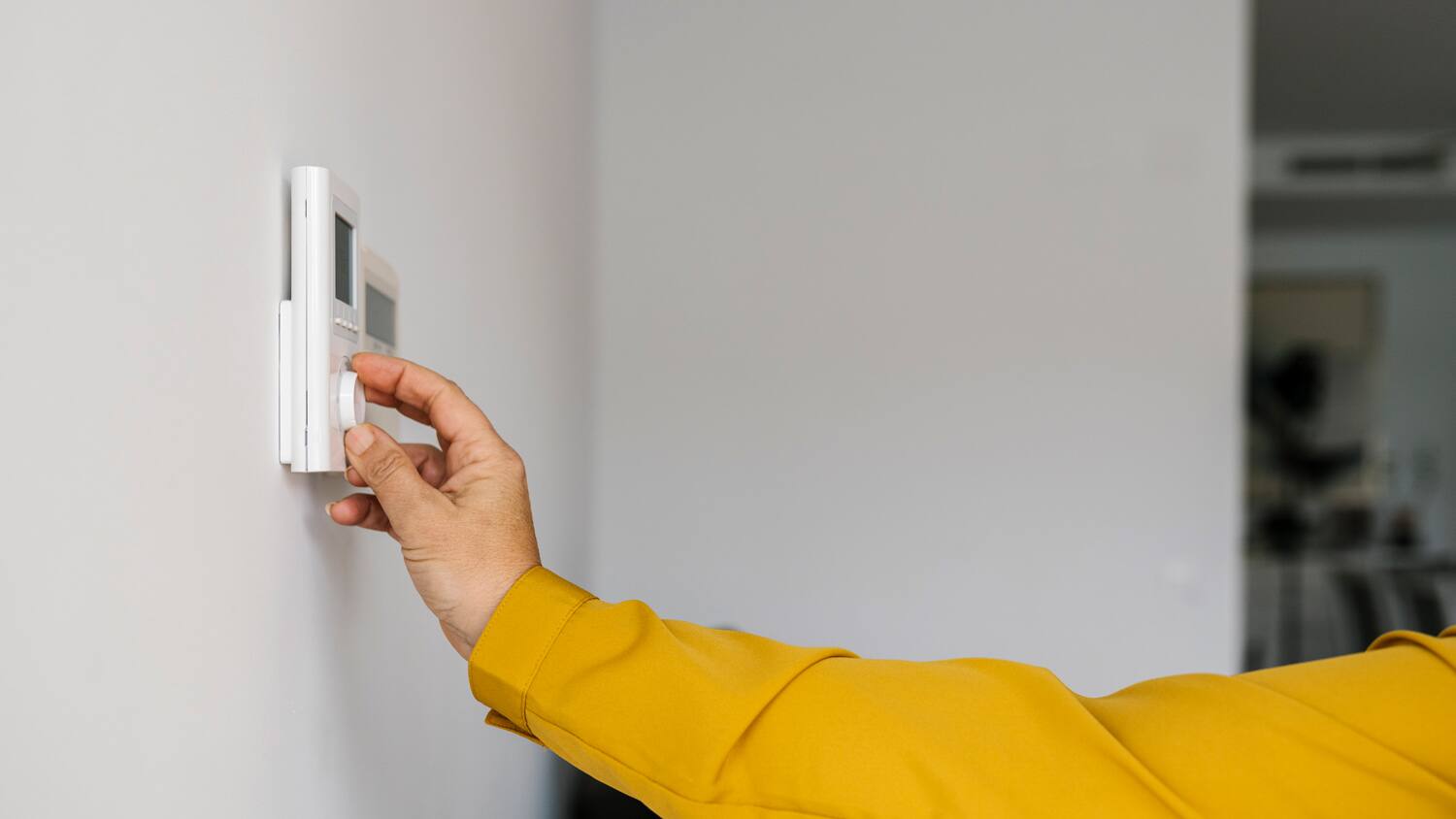
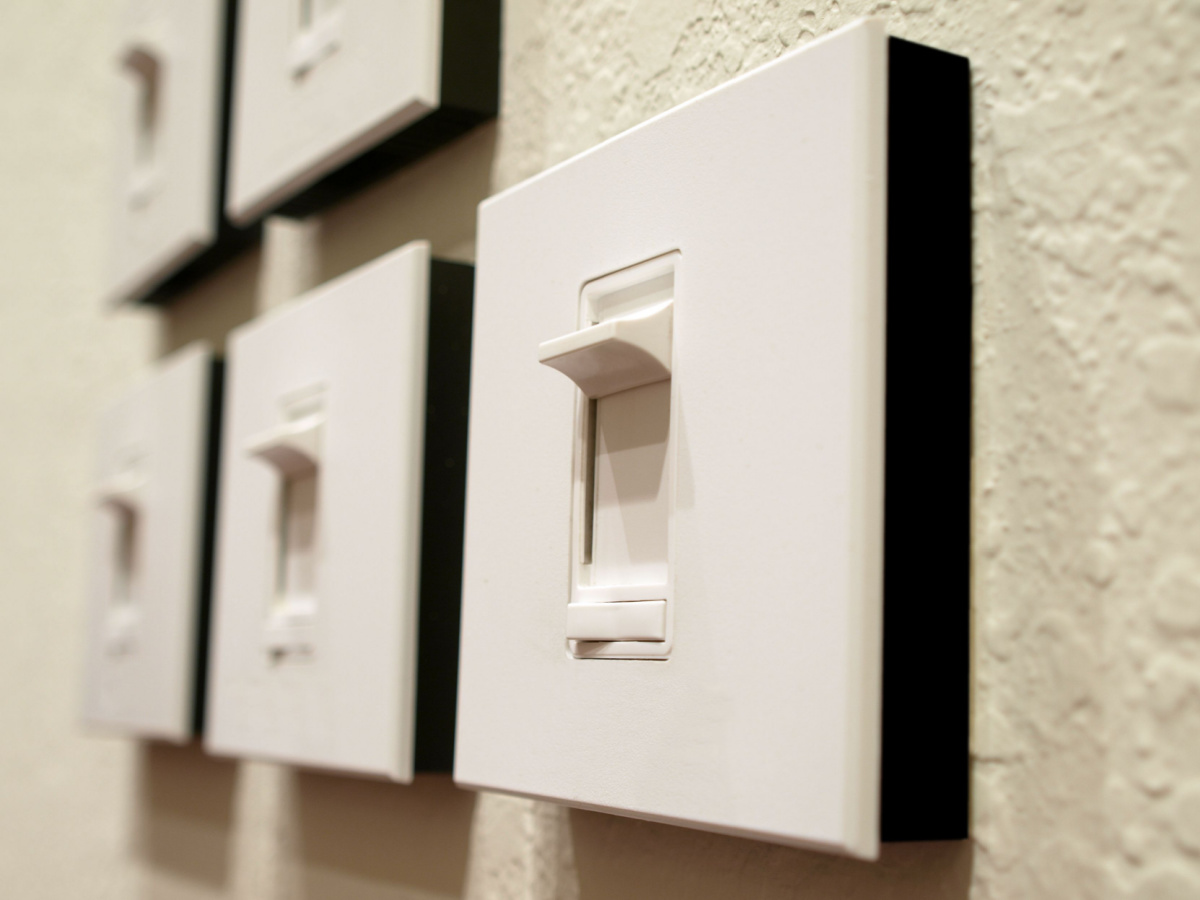

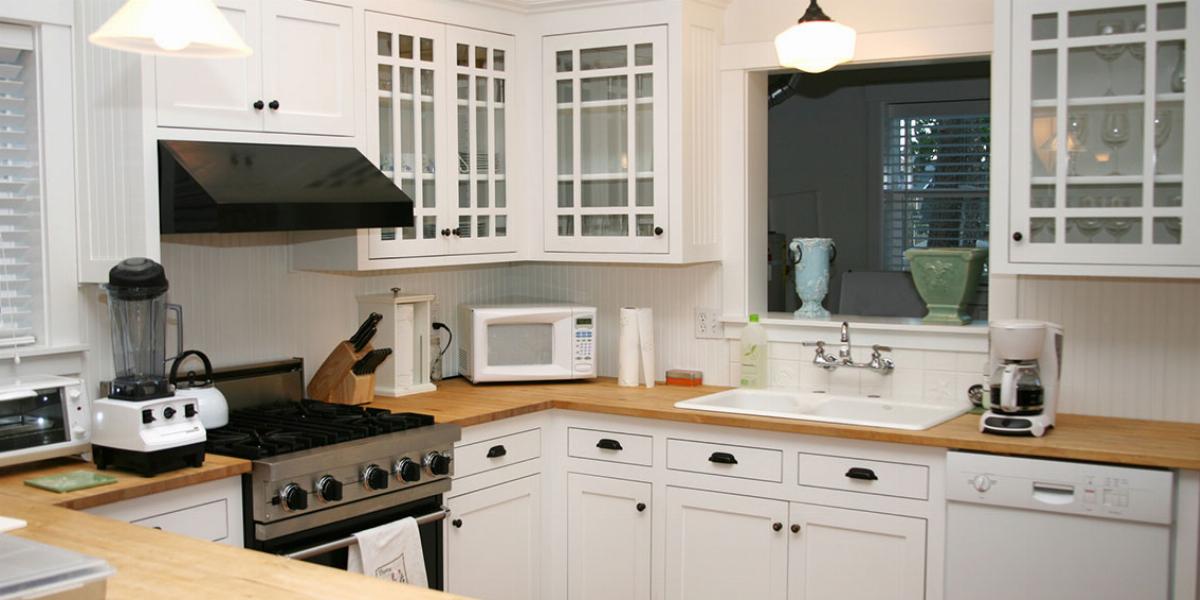



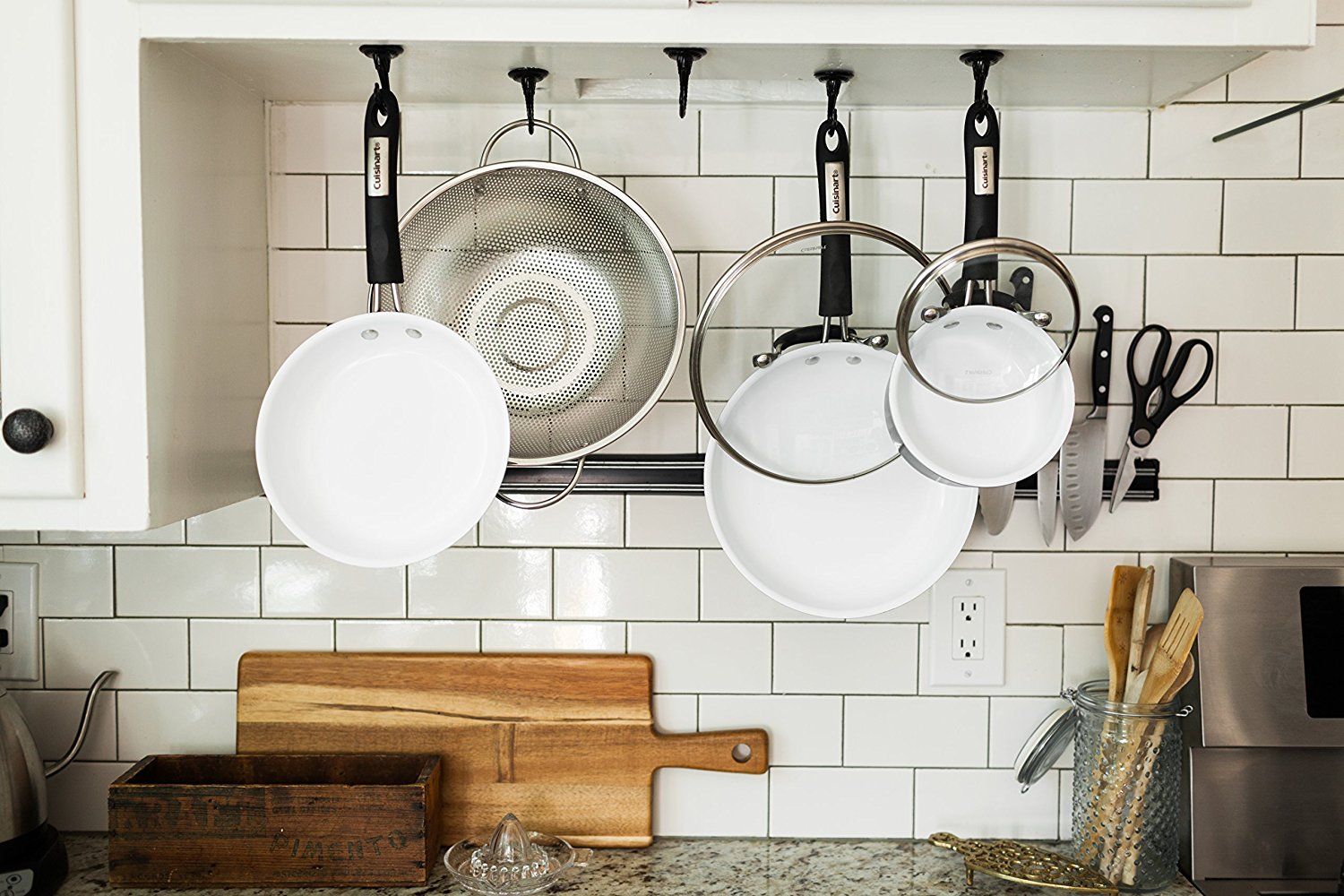
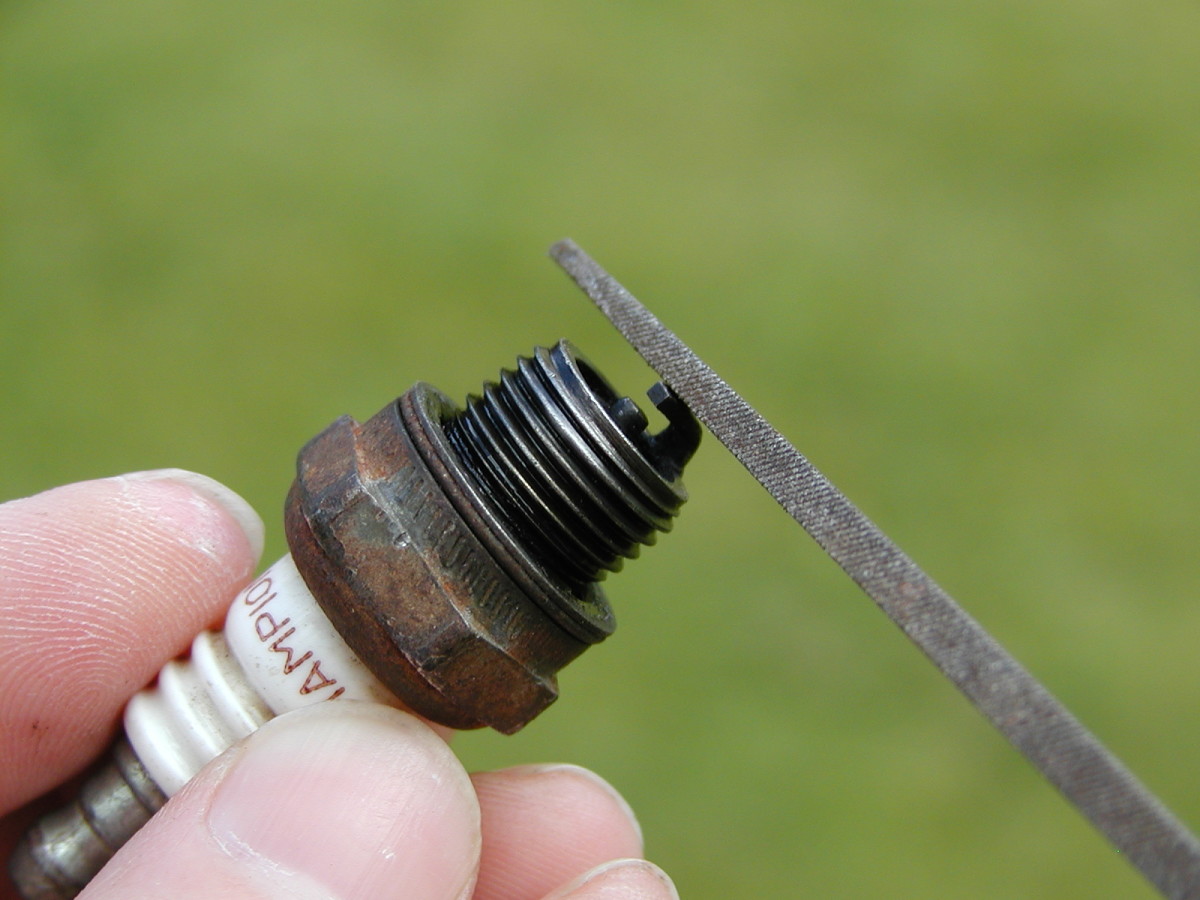
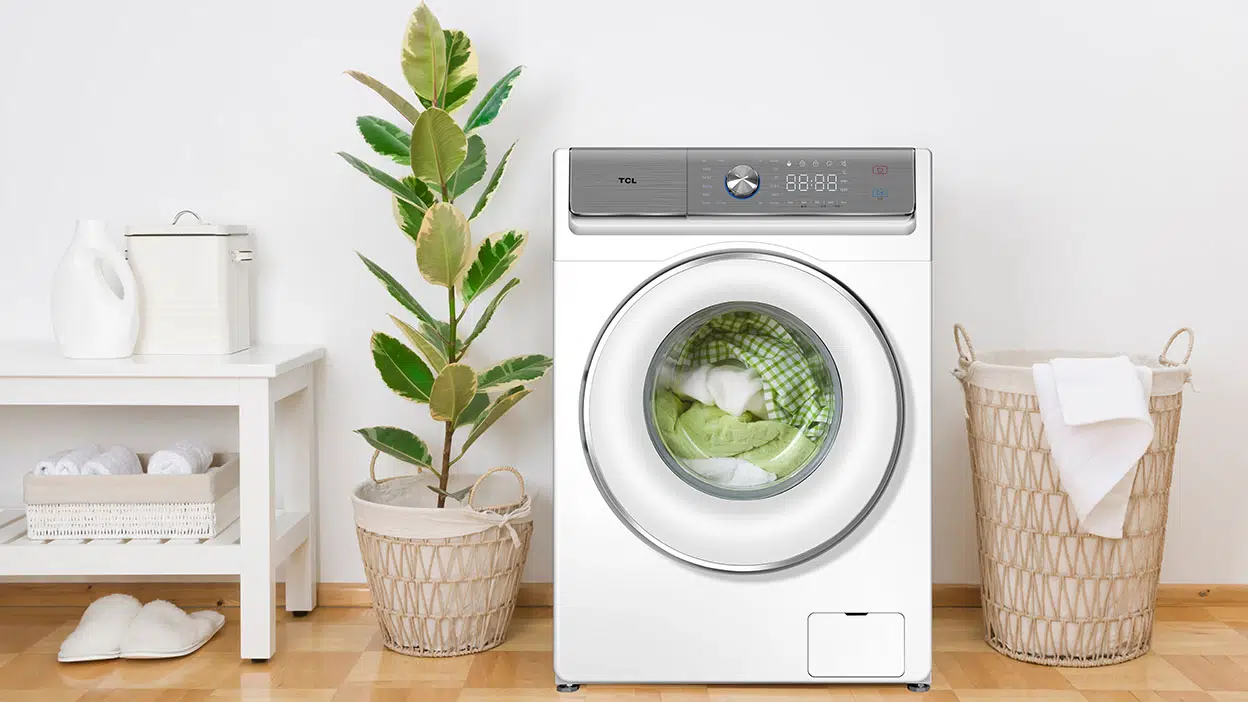

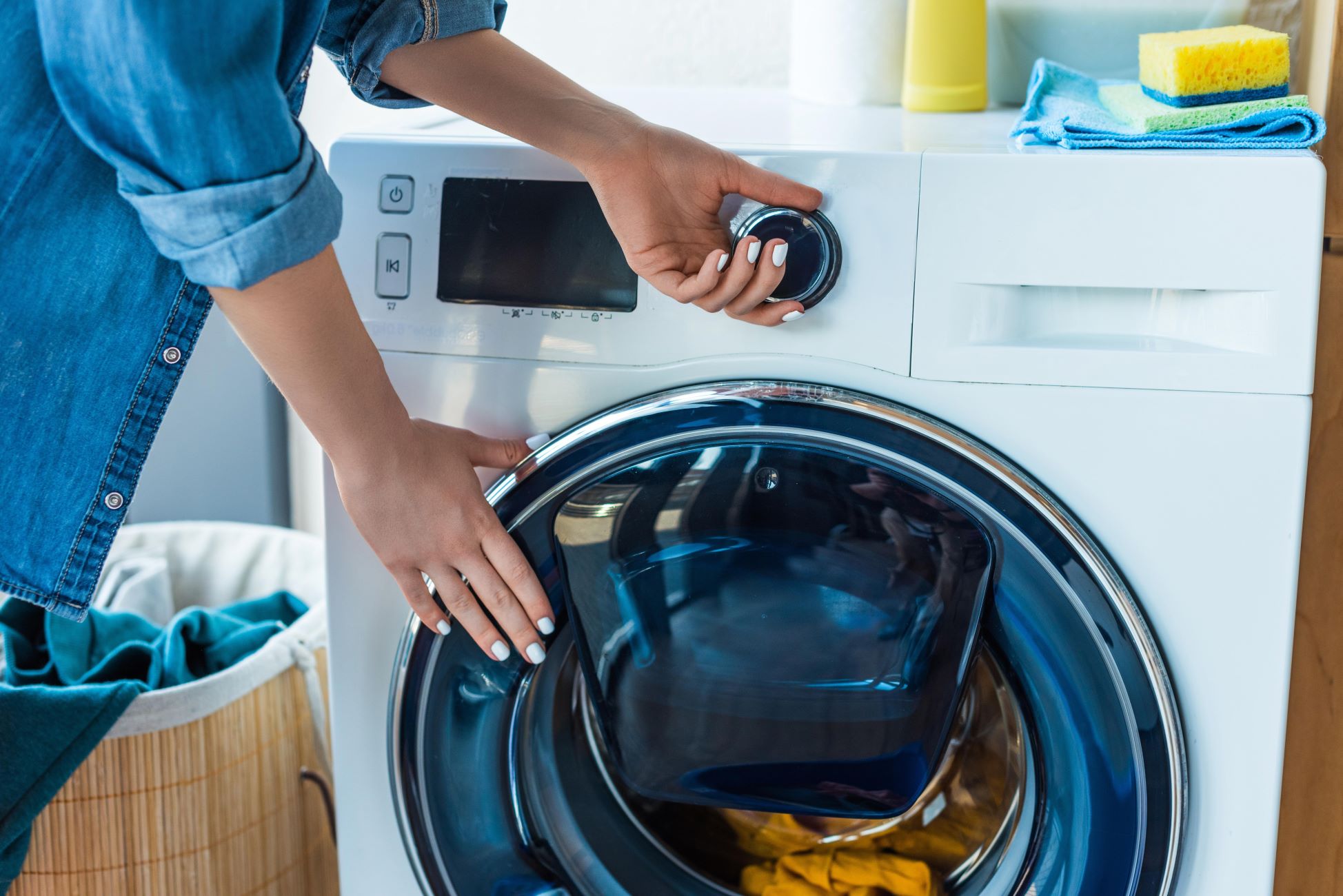

0 thoughts on “Is Marble Bad For Kitchens? 10 Things No One Tells You”